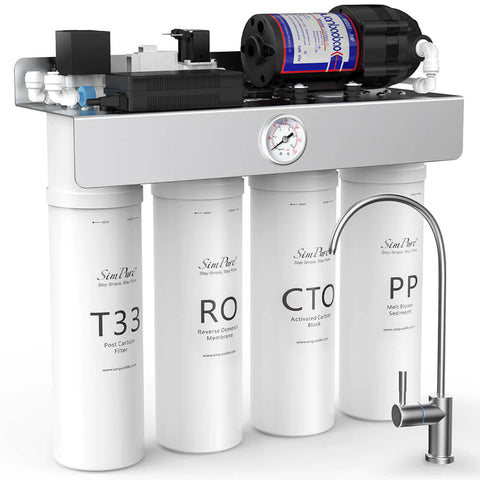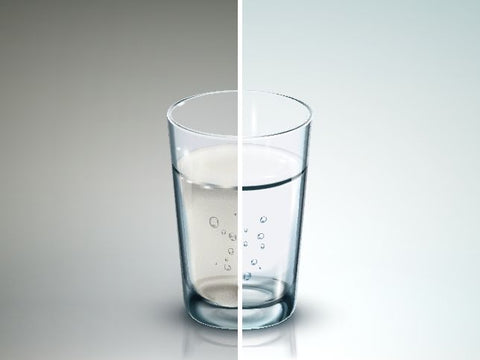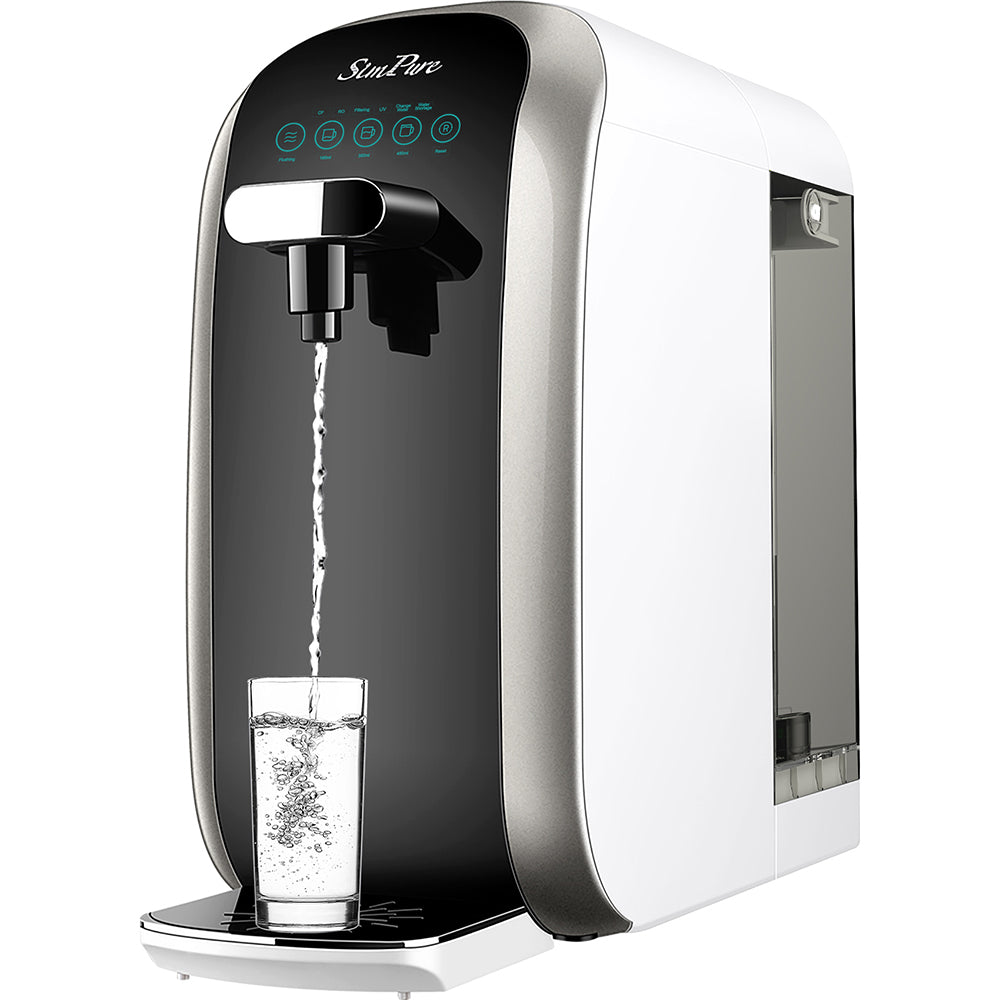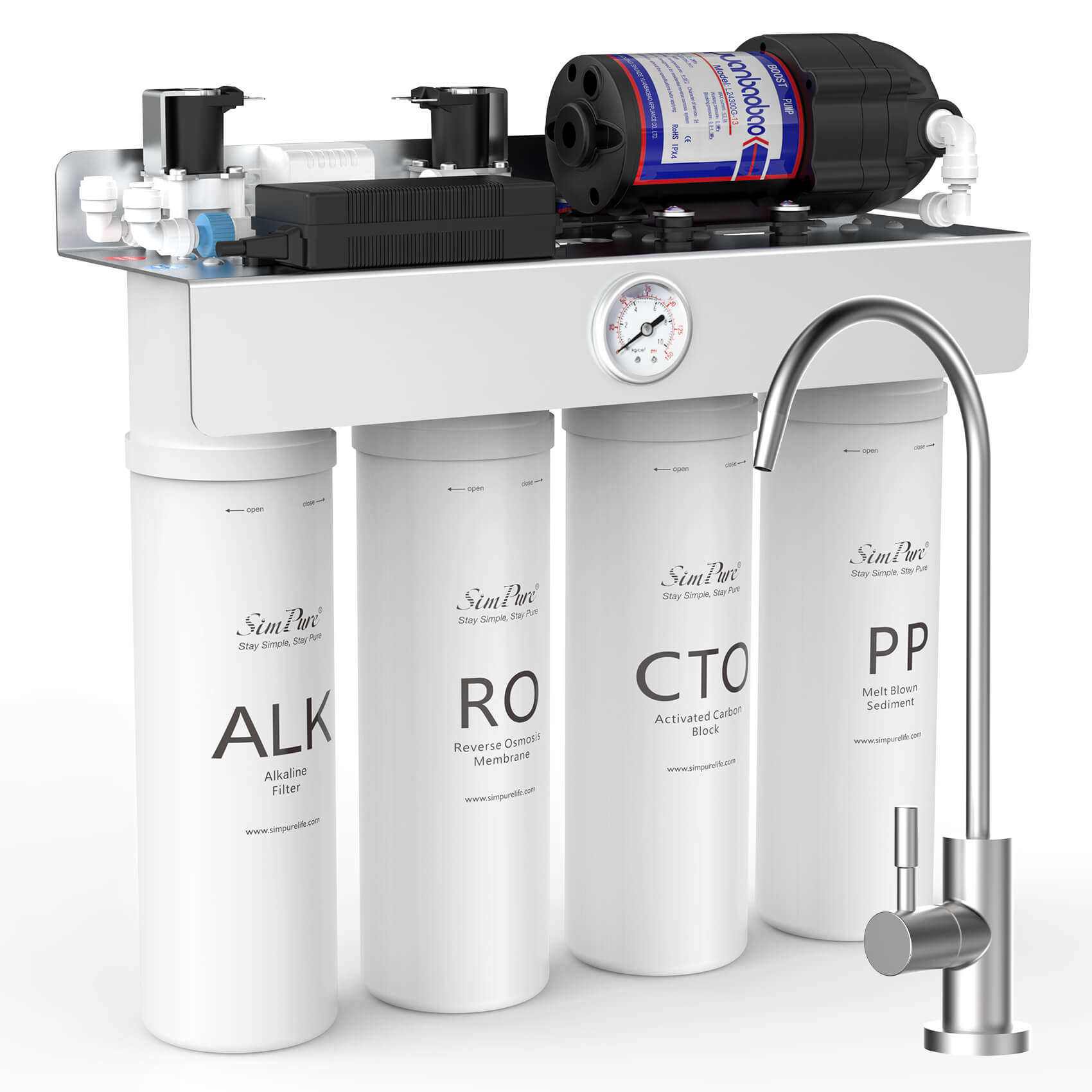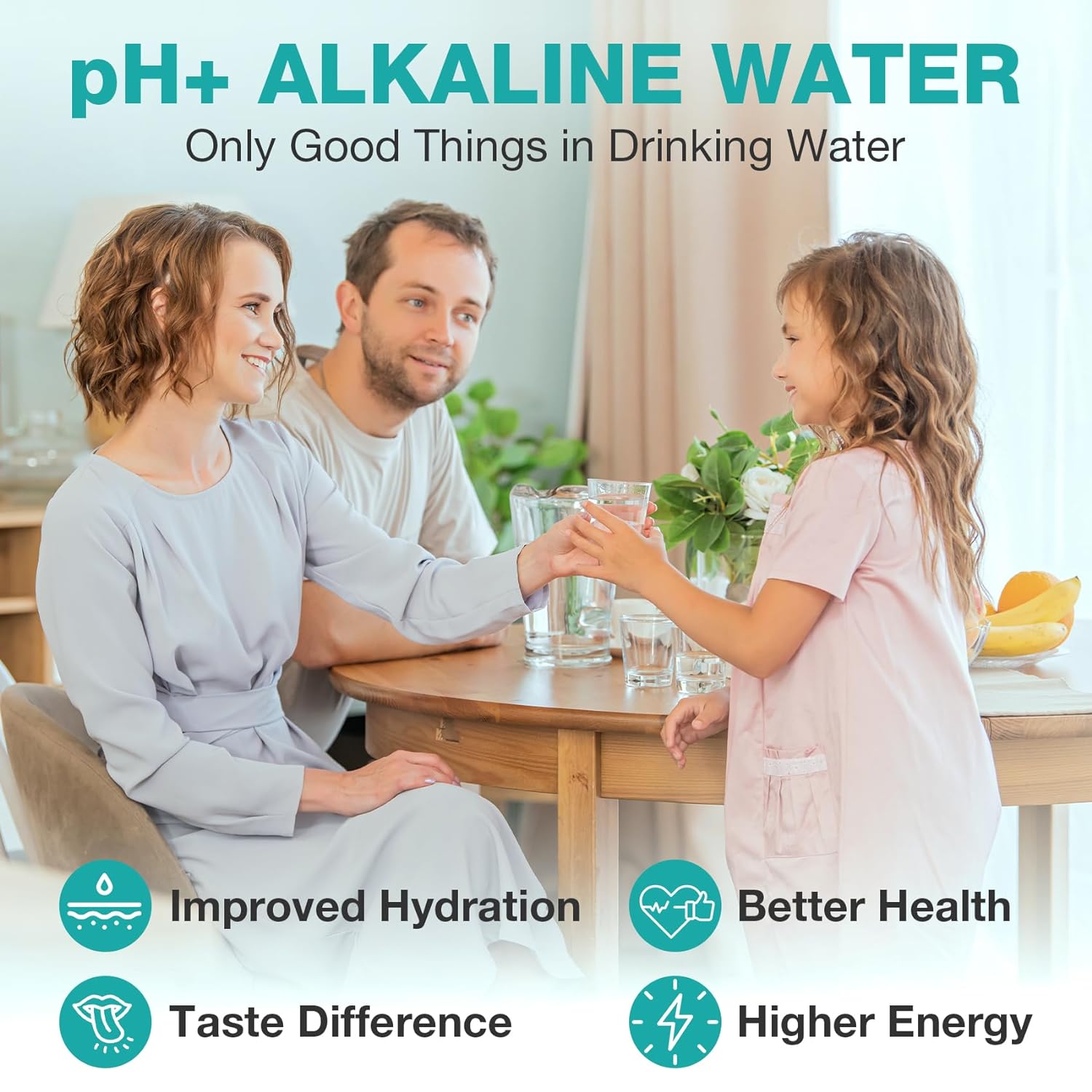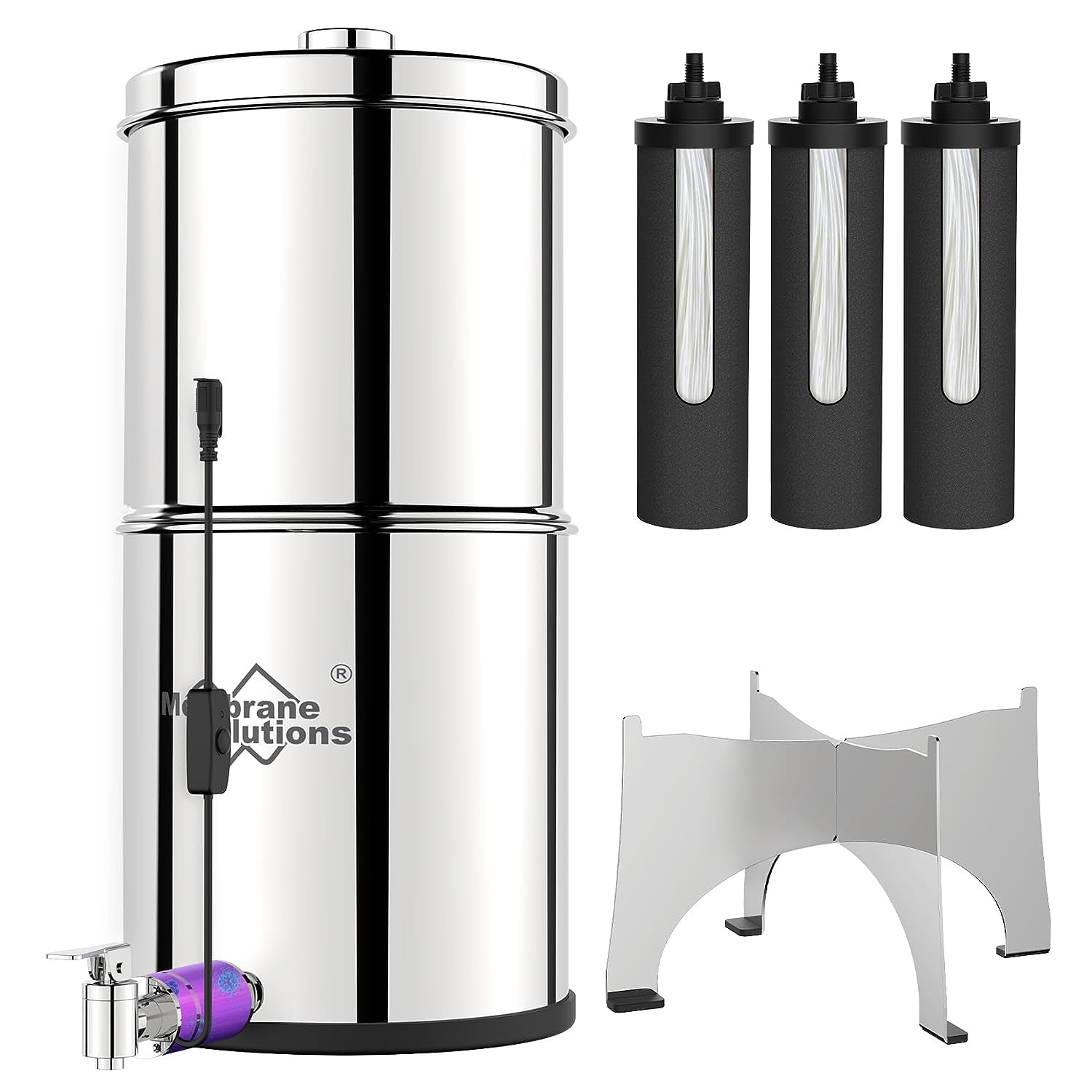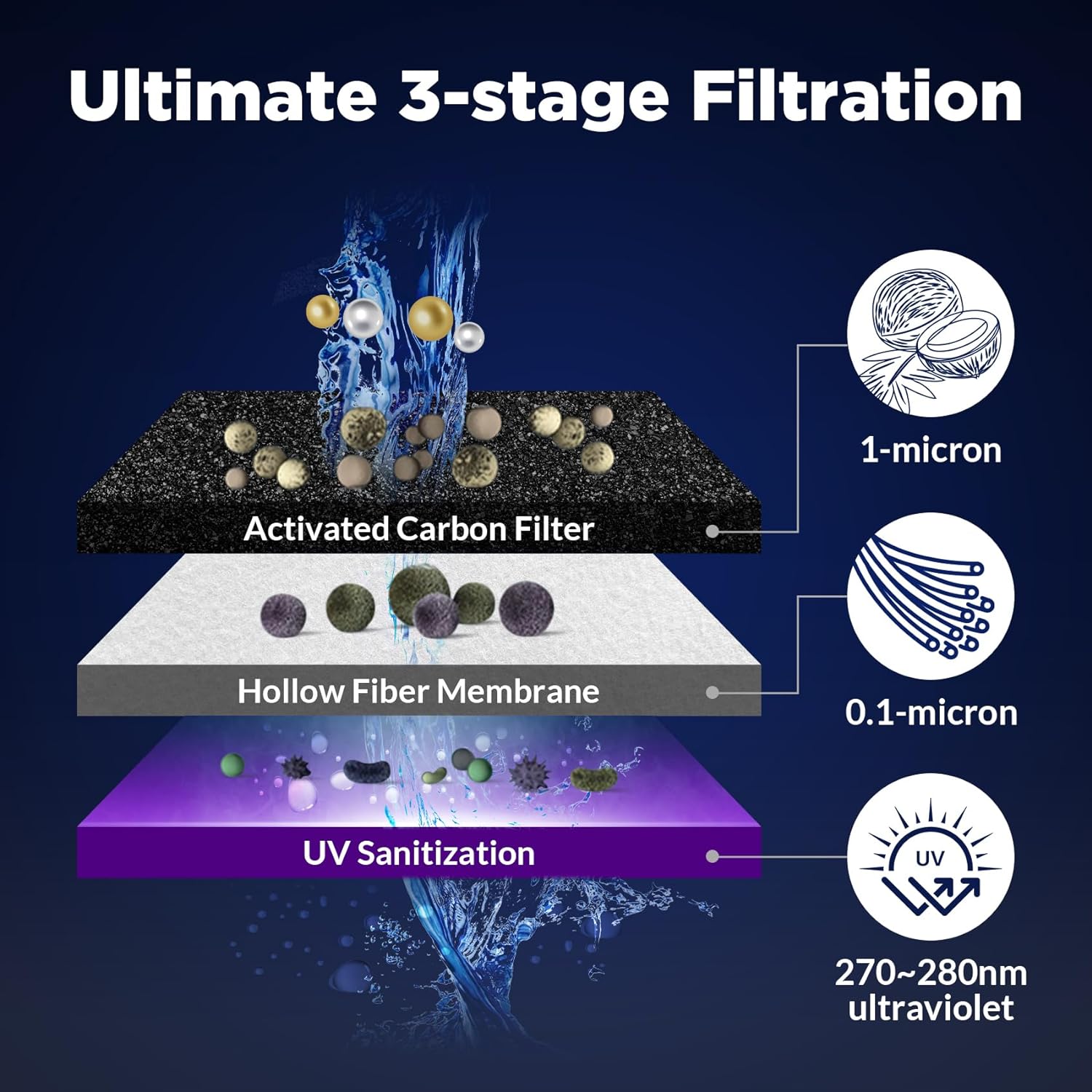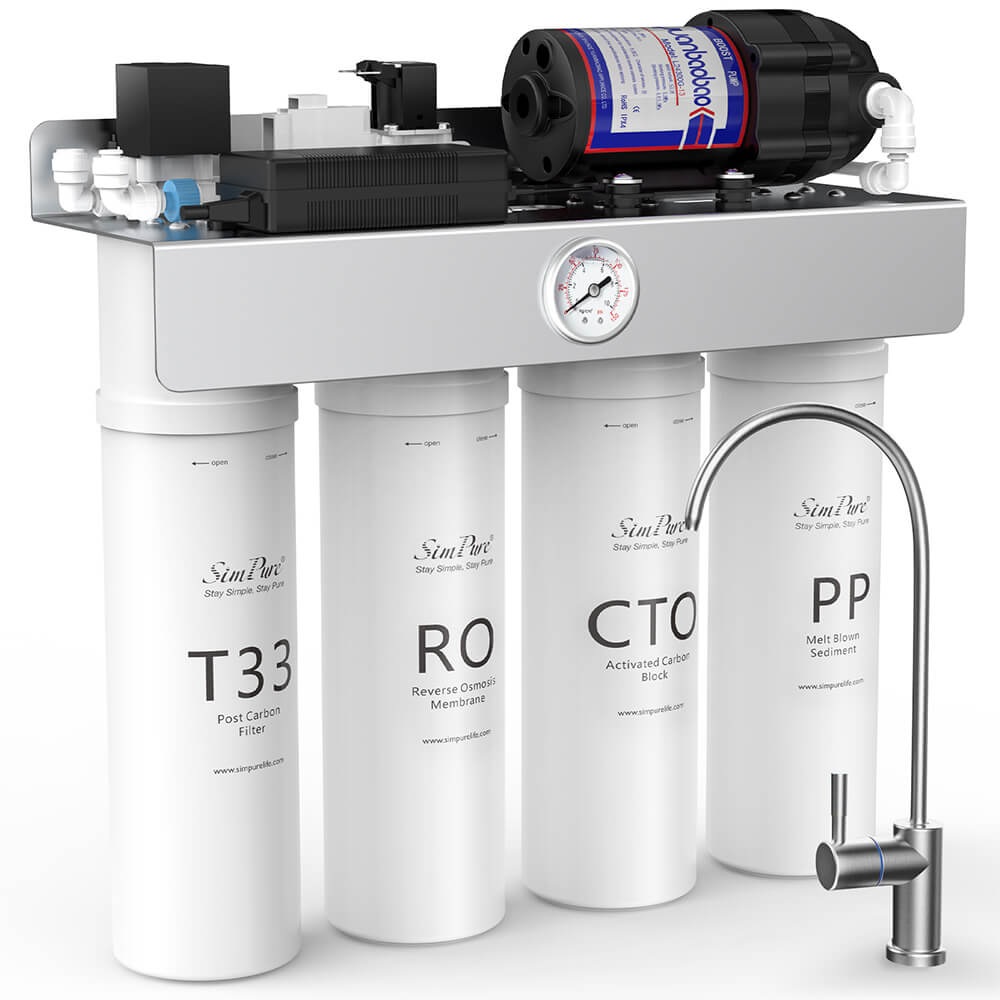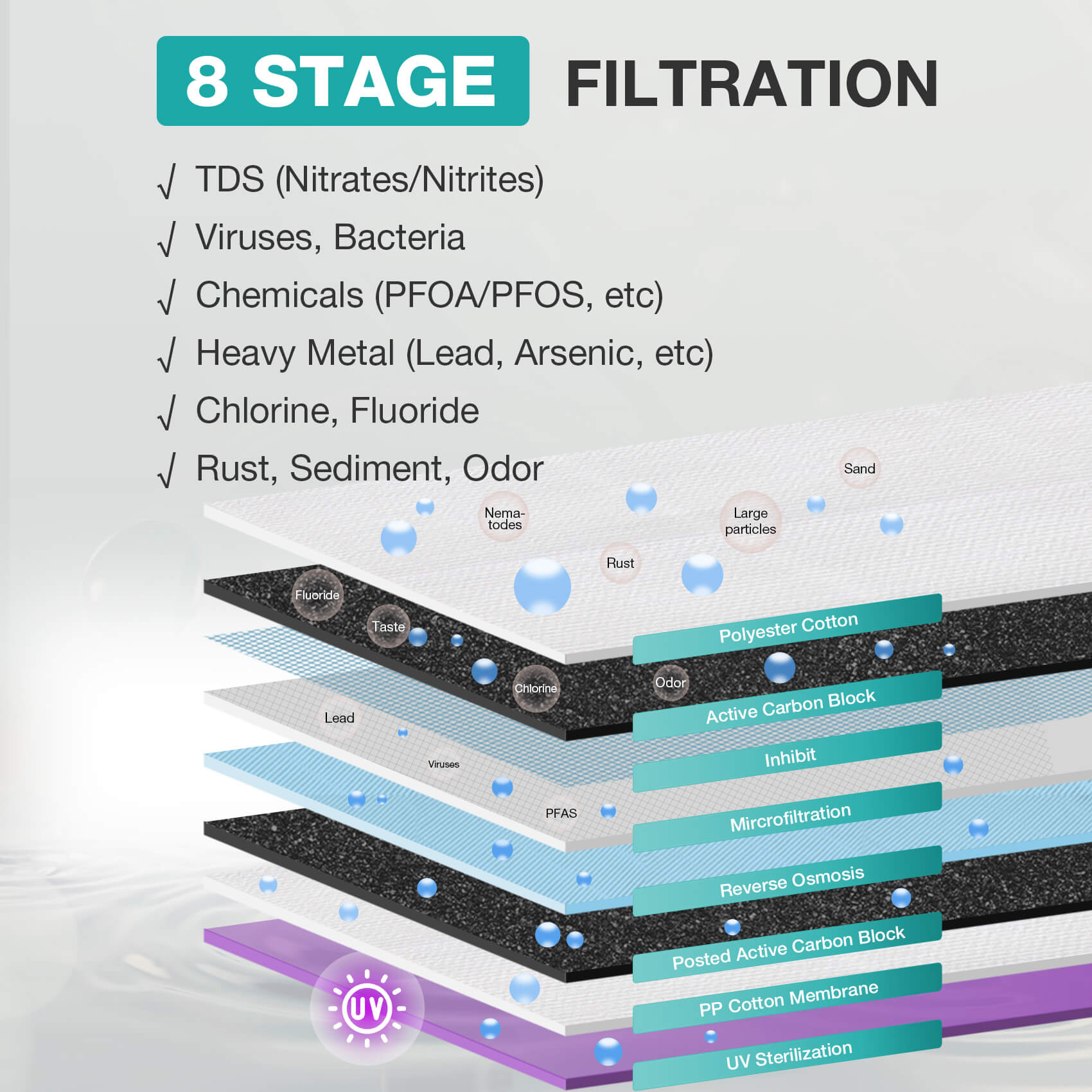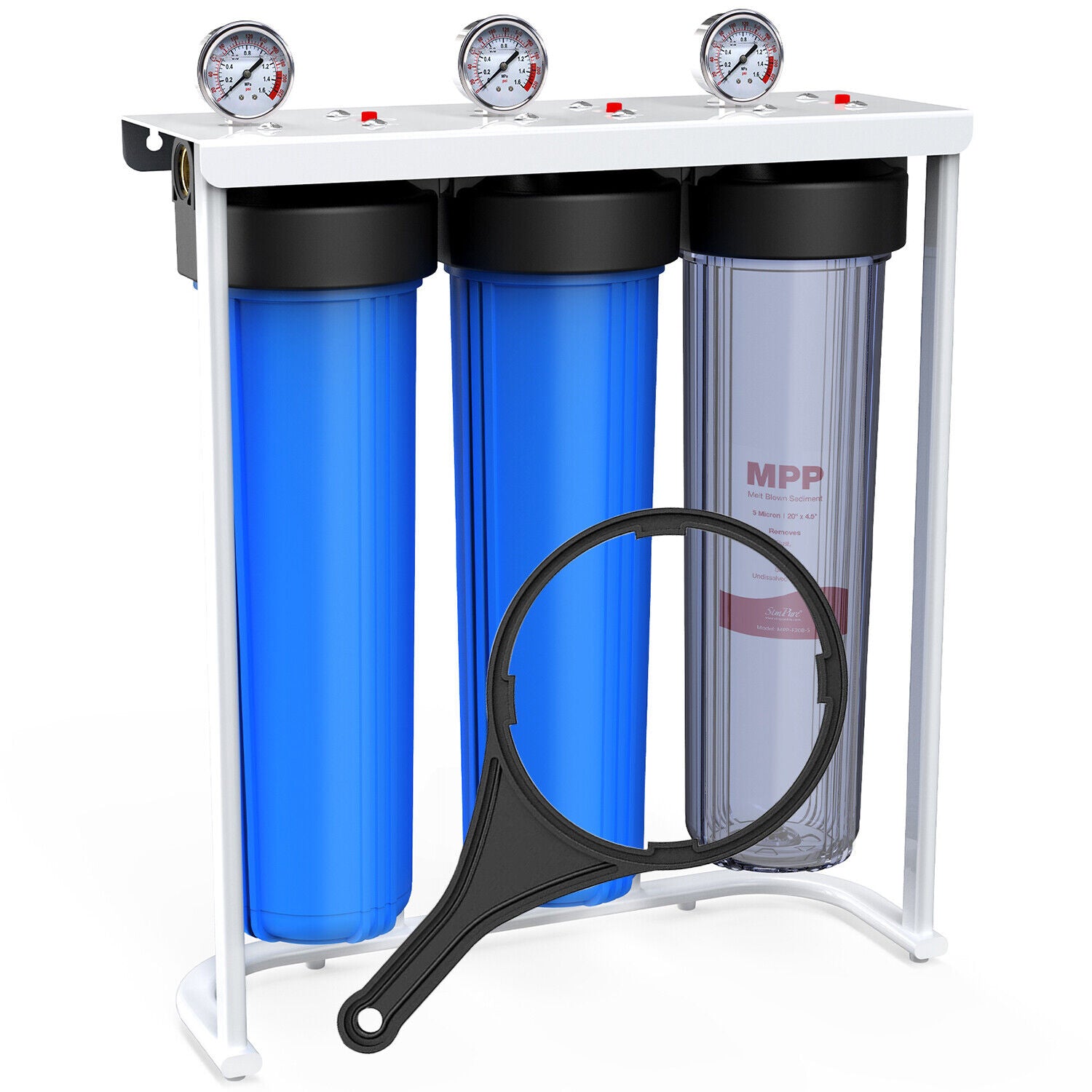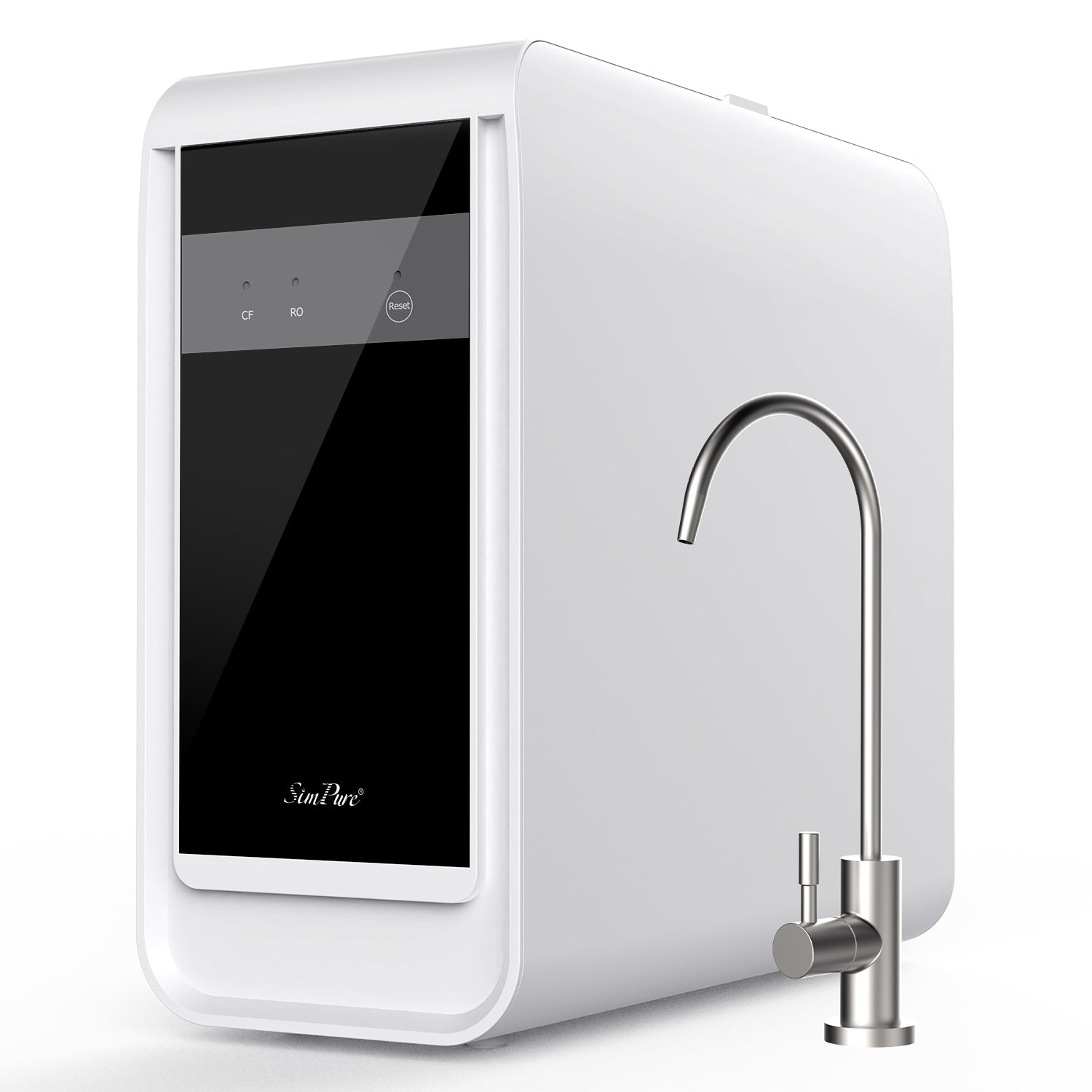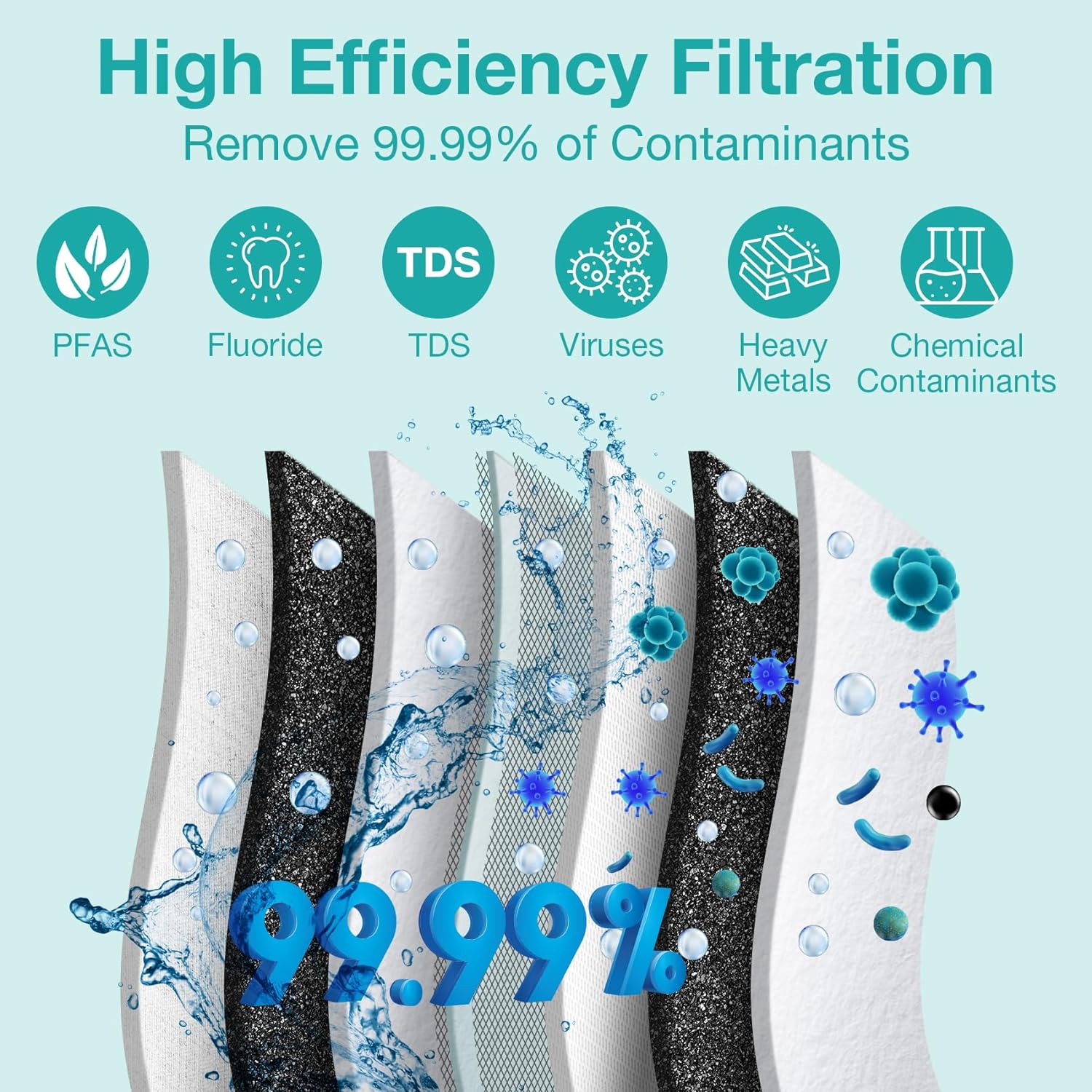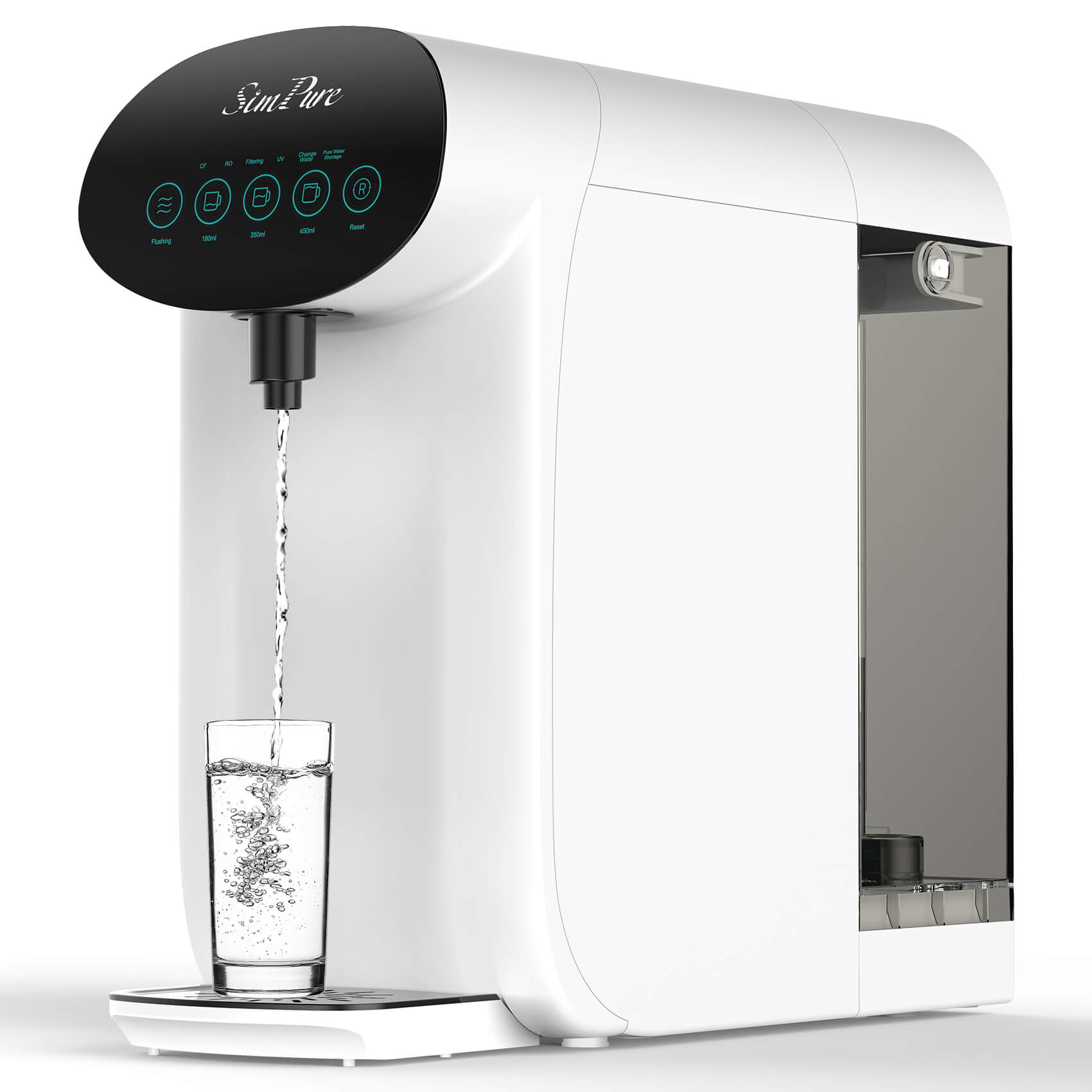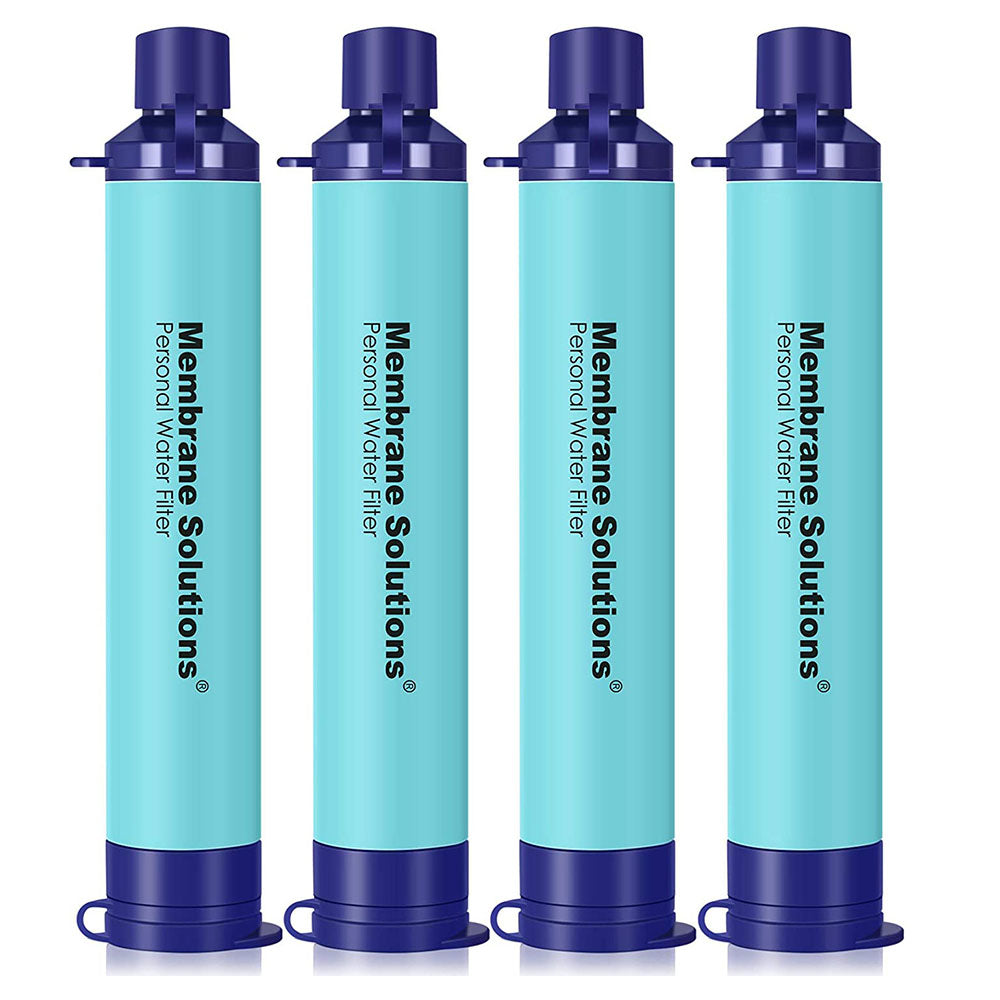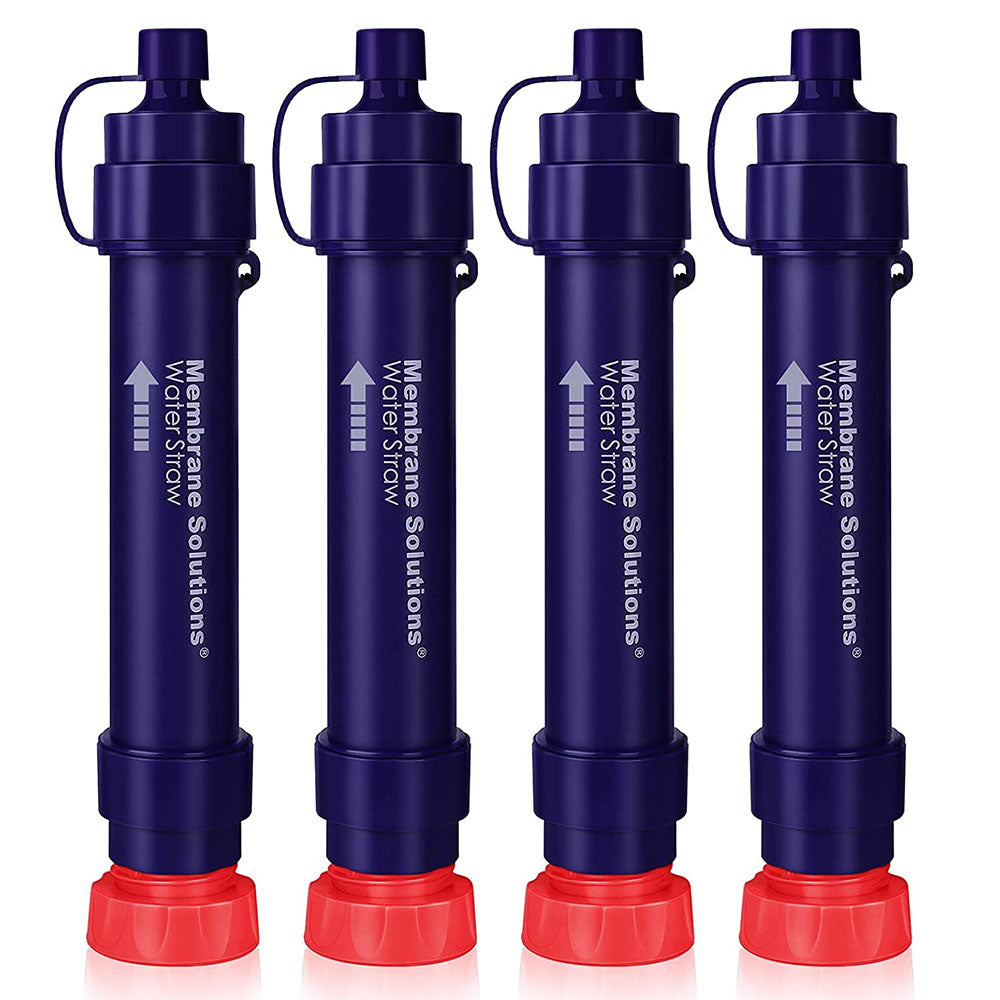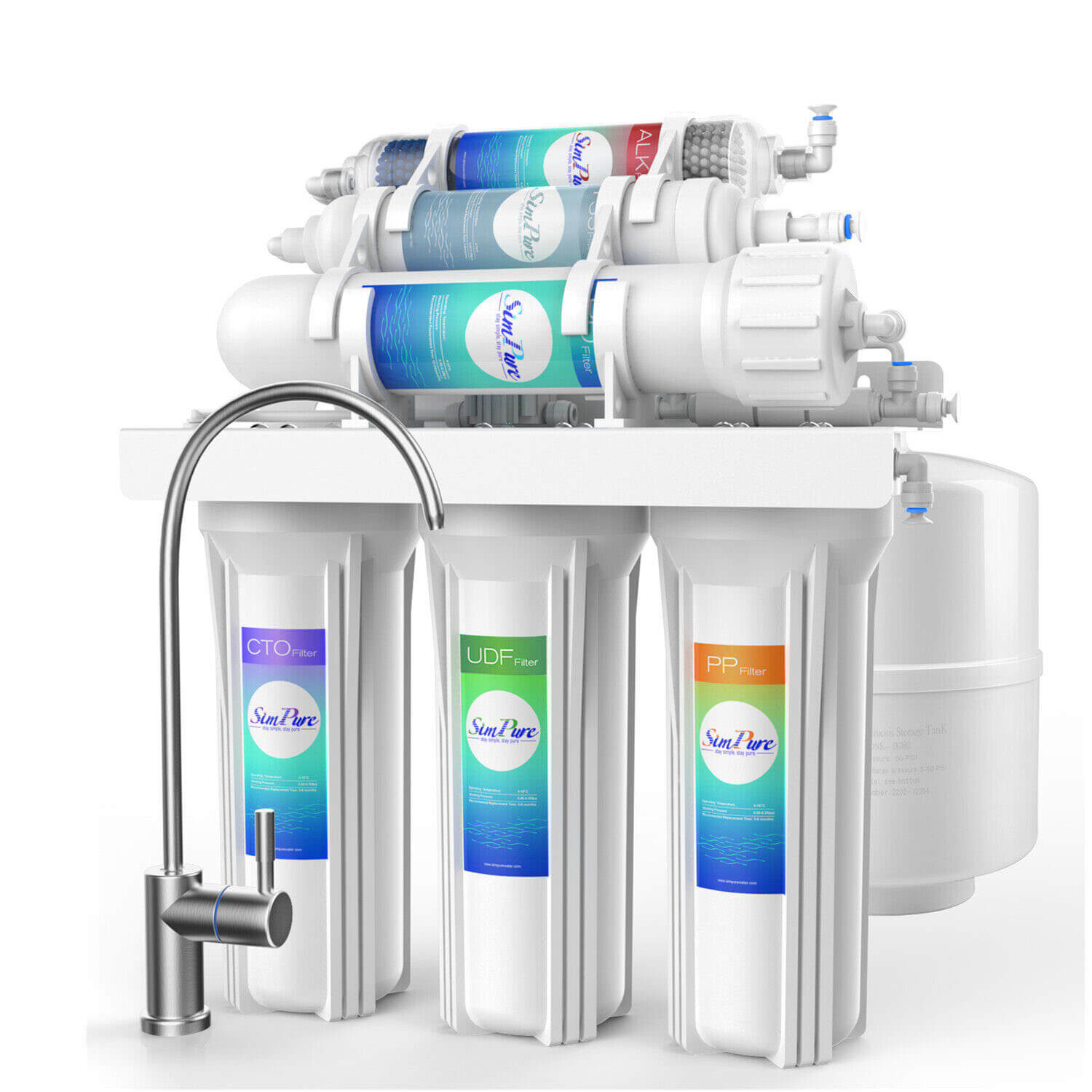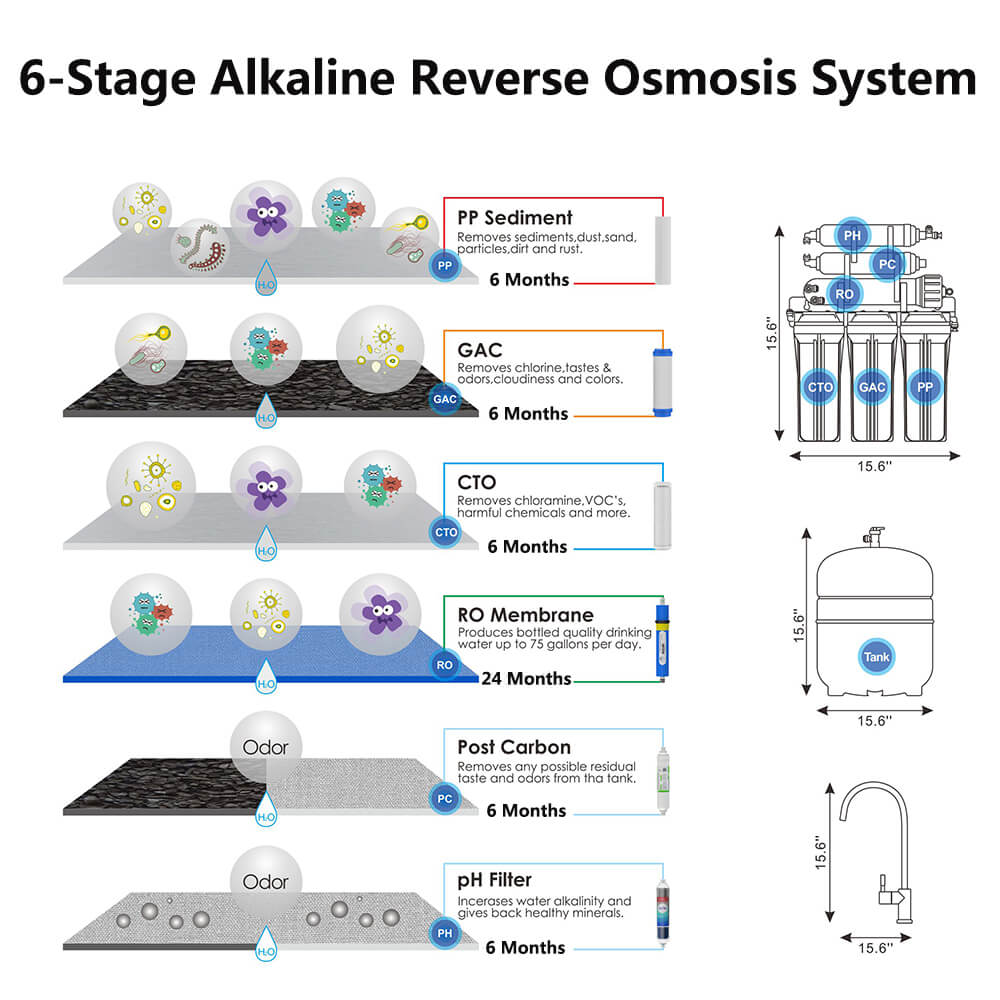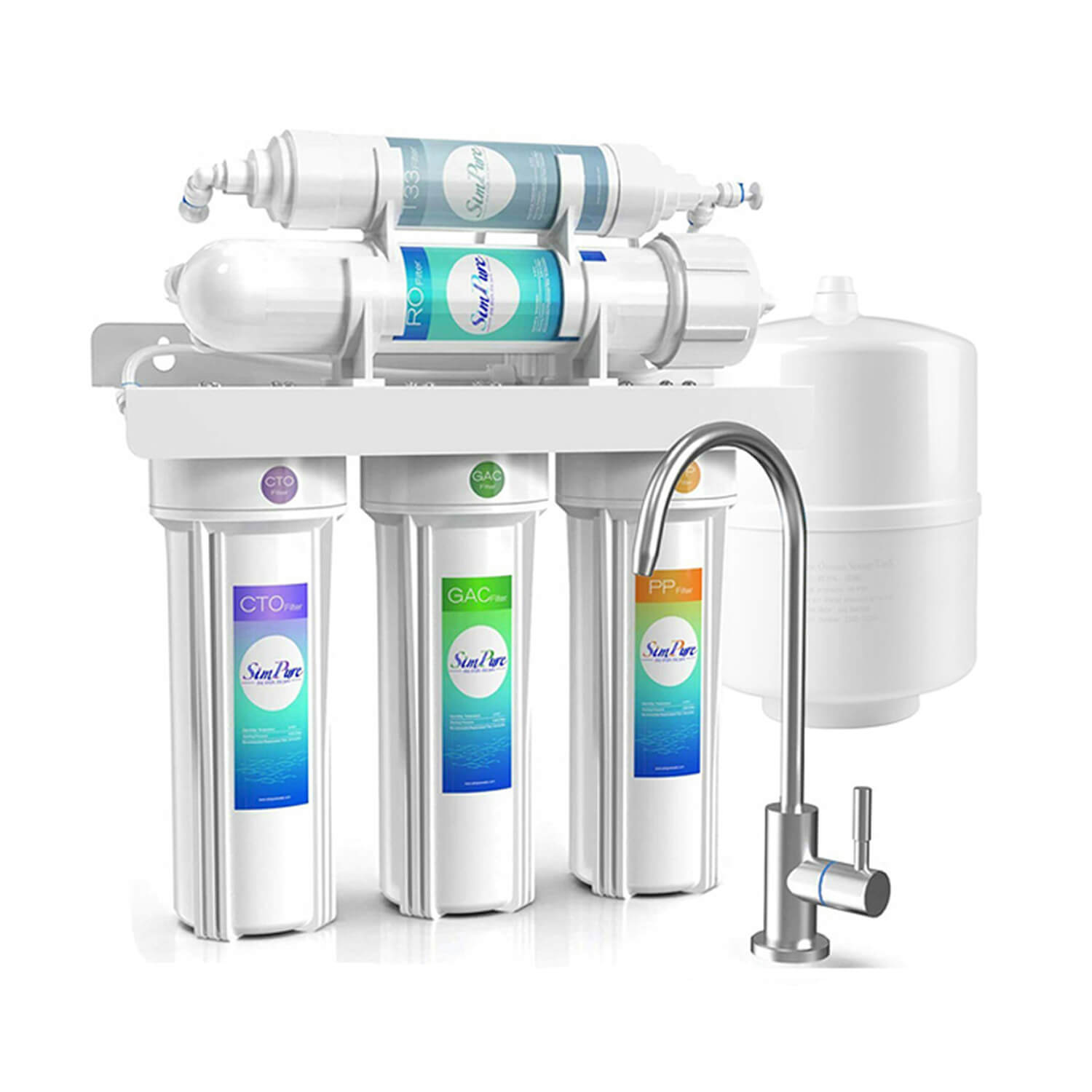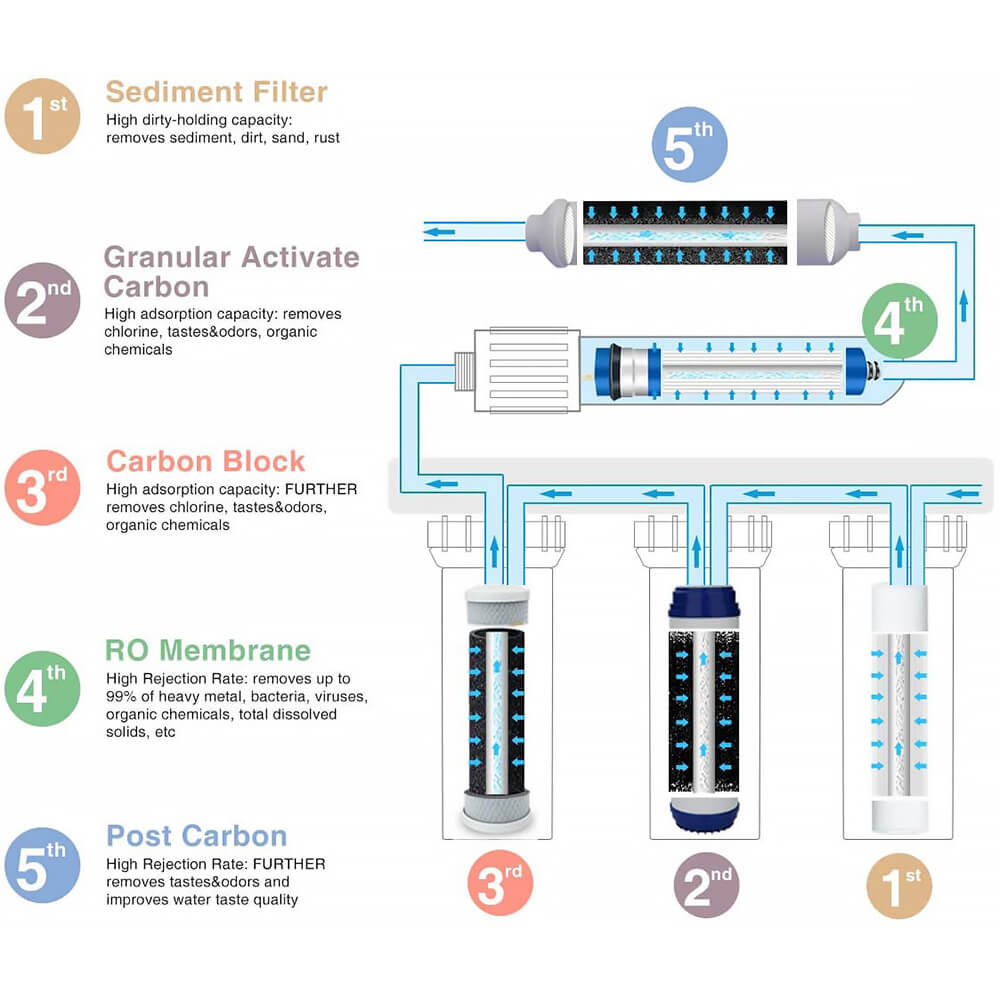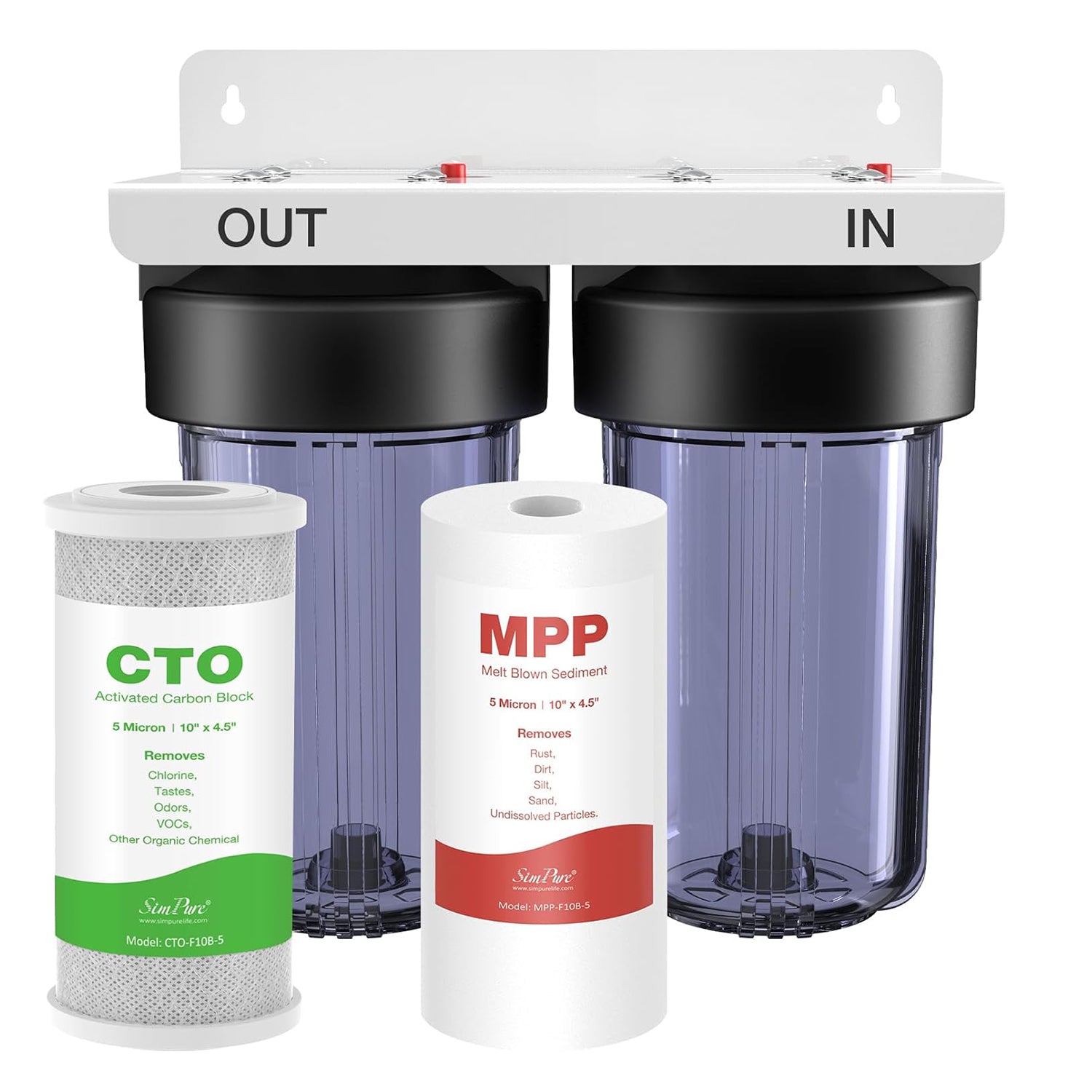Among people who are concerned about the health of drinking water most of them would have a basic understanding with the "TDS test pen". The "TDS test pen" is one of the most commonly used drinking water quality testing tools at the moment. In this blog, let us learn more details of TDS.
What Is TDS (Total Dissolved Solids)?
TDS stands for "Total Dissolved Solids," which refers to the combined content of all inorganic and organic substances contained in a liquid. These solids are primarily minerals, salts, metals, and cations or anions dissolved in water. TDS is typically expressed in parts per million (ppm) or milligrams per liter (mg/L), indicating the mass of solutes for each unit of water.
what is TDS meter for water? The TDS value tells the content of soluble substances in the water. When the lower the value, it turns out the less the content of soluble substances in the water. The higher the concentration of dissolved minerals in water, the harder the water, and the higher its TDS measurement.
How TDS Meter Works? Working Principle of TDS Meters
A TDS meter measures the Total Dissolved Solids in water by gauging its electrical conductivity. Since dissolved salts and other minerals increase water's conductivity, the meter can indirectly measure these impurities. The meter has two electrodes that create an electric field in the water. As water conducts electricity, the flow of current between these electrodes is measured. This conductivity reading is then converted into a TDS value using a predefined conversion factor. The result, typically expressed in parts per million (ppm), reflects the concentration of dissolved solids in the water, providing a quick assessment of water purity.
Step-by-Step Process
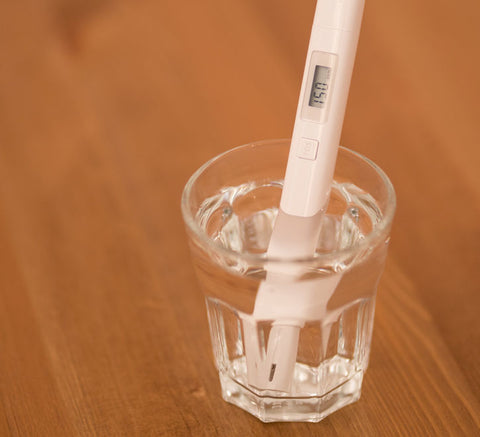
Here we recommend you buy a SimPure TDS water tester. Just follow the steps:
1. Prepare the Meter
Ensure the TDS meter is clean and calibrated according to the manufacturer's instructions.
2. Collect Sample
Fill a clean container with the water sample you want to test. Avoid touching the electrodes with your fingers to prevent contamination.
3. Insert Electrodes
Dip the meter's electrodes into the water sample, making sure they are fully submerged without touching the sides or bottom of the container.
4. Read the Display
After a few seconds, the meter will display a reading in ppm (parts per million), indicating the TDS level of the water sample.
5. Record and Interpret
Take note of the reading and interpret it based on the expected TDS range for your application. Lower readings suggest purer water, while higher readings indicate higher levels of dissolved solids.
6. Rinse and Store
Rinse the electrodes with clean water after use and store the TDS meter according to the manufacturer's guidelines to maintain its accuracy for future tests.
To read TDS meter results, check the display for a reading in parts per million (ppm). This number indicates the concentration of dissolved solids in the water. Lower readings (e.g., 0-50 ppm) generally signify purer water, while higher readings (e.g., above 500 ppm) suggest significant contamination with minerals, salts, or metals. In this condition, consider install SimPure best water filter for hard water:
Other Routine Water Management: Water Quality Testing
Of course, the quality of water depends on many factors, and TDS water tester is just one of many water quality indicators. Qualified drinking water quality also needs to be tested including microbiological indicators (total colonies, heat-resistant coliforms), toxicological indicators (heavy metal ion concentration), sensory characteristics (color, smell, taste, visible objects) and other indicators. To complete this series of testing equipment, professional instruments such as gas chromatograph, high performance liquid chromatograph, infrared oil tester, ion chromatograph, etc. are also needed to complete a complete water quality test.
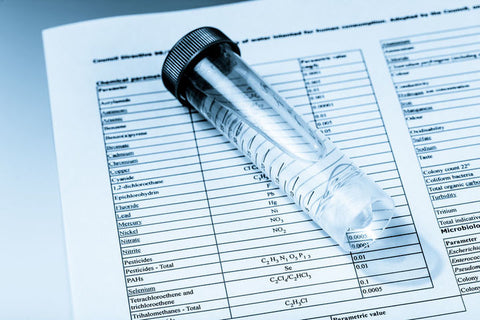
But this is not to say that the TDS test pen has no practical effect. The TDS test pen detects the "Total Dissolved Solids", which is usually one of the indicators used to test the quality of RO reverse osmosis effluent, focusing on the detection of pure water that can be directly consumed. The remarkable drop in the value indicates that the water quality has improved. The standard for direct drinking water promulgated by the World Health Organization is that the TDS value is less than 50; the EU is less than 70; the United States is less than 50. Therefore, the relatively low cost of the TDS test pen presents us a quantifiable data to show whether the drinking water is within a reasonable range visually.
In addition, we also recommend a few simple water quality testing methods that can be done by yourself. Let’s try it.
1. Visual Inspection: Check for Clarity, Color, and Presence of Particles or Sediments.
Clarity: Clear water indicates low suspended solids, while cloudy or turbid water suggests contamination or high sediment levels.
Color: Normal drinking water should be colorless. Any discoloration, such as yellow, brown, or green hues, may signal the presence of organic matter, minerals, or pollutants.
Particles/Sediments: Visible particles or sediments in water indicate poor filtration or possible contamination, necessitating further testing and treatment.
2. Smell Test: Detect Any Unusual Odors or Smells in the Water.
The smell test is a straightforward method to assess water quality. It involves detecting any unusual odors or smells in the water that could indicate contamination. For instance, a strong rotten egg smell might suggest the presence of hydrogen sulfide, while a musty or earthy odor could indicate organic matter or algae growth. Chemical spills or bacterial contamination can produce distinct odors as well. Conducting regular smell tests helps identify potential water issues early, prompting further investigation or treatment as needed.
Here we recommend you read our previous blog on unusual odor in water:
Why Does My Well Water Smell Like Sulfur Or Rotten Eggs?
How Do I Fix Smelly Tap Water?
3. DIY pH Test: Use pH Test Strips to Measure Water Acidity/alkalinity.
DIY pH testing involves using pH test strips, which are small, paper strips coated with pH-sensitive dyes. To measure water acidity/alkalinity, dip a strip into the water sample for a few seconds, then compare the color change against a provided color chart. The chart correlates different colors to specific pH values, typically ranging from acidic (pH 1-6), neutral (pH 7), to alkaline (pH 8-14). This simple method helps assess water quality based on its pH level, crucial for various applications like drinking water, pool maintenance, and gardening. You can also use digital pH water tester.
In conclusion, understanding the working principle of TDS meters is vital for maintaining water quality across various settings. By grasping the electrical conductivity-based measurement process, users can accurately gauge Total Dissolved Solids in water, ensuring its suitability for drinking, industrial use, aquaculture, and more. Regular calibration and proper maintenance enhance the reliability of TDS meter readings.
Drinking water safety is evidently the goal that everyone yearns for and pursues. Learning to recognize water can better protect your own drinking water health. It takes time to change the drinking water environment, but we can start with each family using the water filter system to protect the health of our drinking water!


